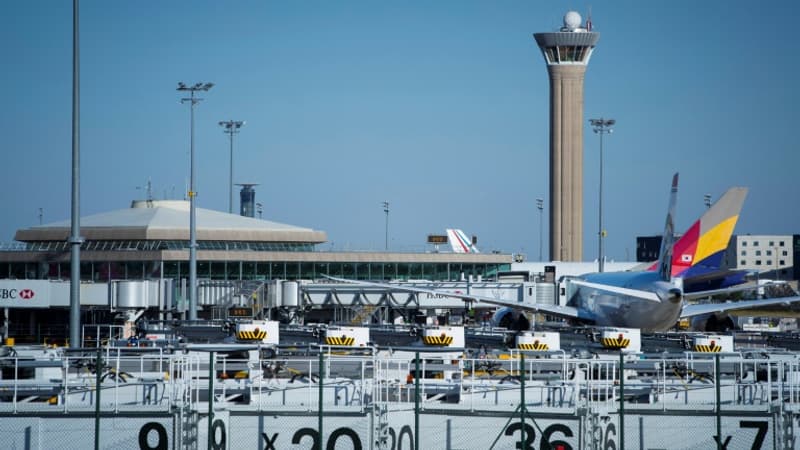The airport manager Groupe ADP and the operator GRTGaz announced on Tuesday that they were going to think together about supplying the Paris-Charles-de-Gaulle and Orly platforms with hydrogen, a gas considered one of the ways to decarbonize air transport. The two companies “launch a joint study aimed at defining the conditions for the transport of hydrogen by gas pipeline to the Paris-Charles de Gaulle and Paris-Orly airports,” they said in a statement.
This will include “evaluating and comparing from a technical and economic point of view the future large hydrogen supply chains for Paris airports from hydrogen import or production centres”, according to the same source. The two companies also want to “identify the first possible routes (for chains formed by new gas pipelines)” and “define an estimated schedule for the implementation of these infrastructures.”
Airbus works on a hydrogen plane on the same horizon
This study is a continuation of the memorandum of understanding signed in 2021 between ADP, Air Liquide and Airbus to prepare the arrival of hydrogen at airports between now and 2035. This partnership refers to the performance of engineering studies, with a view to creating the necessary infrastructure. to accommodate the new aircraft, in particular to supply them with liquid hydrogen.
While the aviation sector has committed to achieving “net zero emissions” by 2050, Airbus is carrying out studies towards a possible entry into service in 2035 of a short or medium-haul commercial aircraft that would burn carbon, hydrogen directly into the engine and would therefore only release water vapor. The aircraft manufacturer faces skepticism from many aviation players, due to the technical challenges and infrastructure required for its operation. The main difficulty lies in the storage and transportation on board of hydrogen: it must be liquefied at -253°C and stored in cryogenic tanks that occupy a volume four times larger than those of kerosene.
Source: BFM TV


